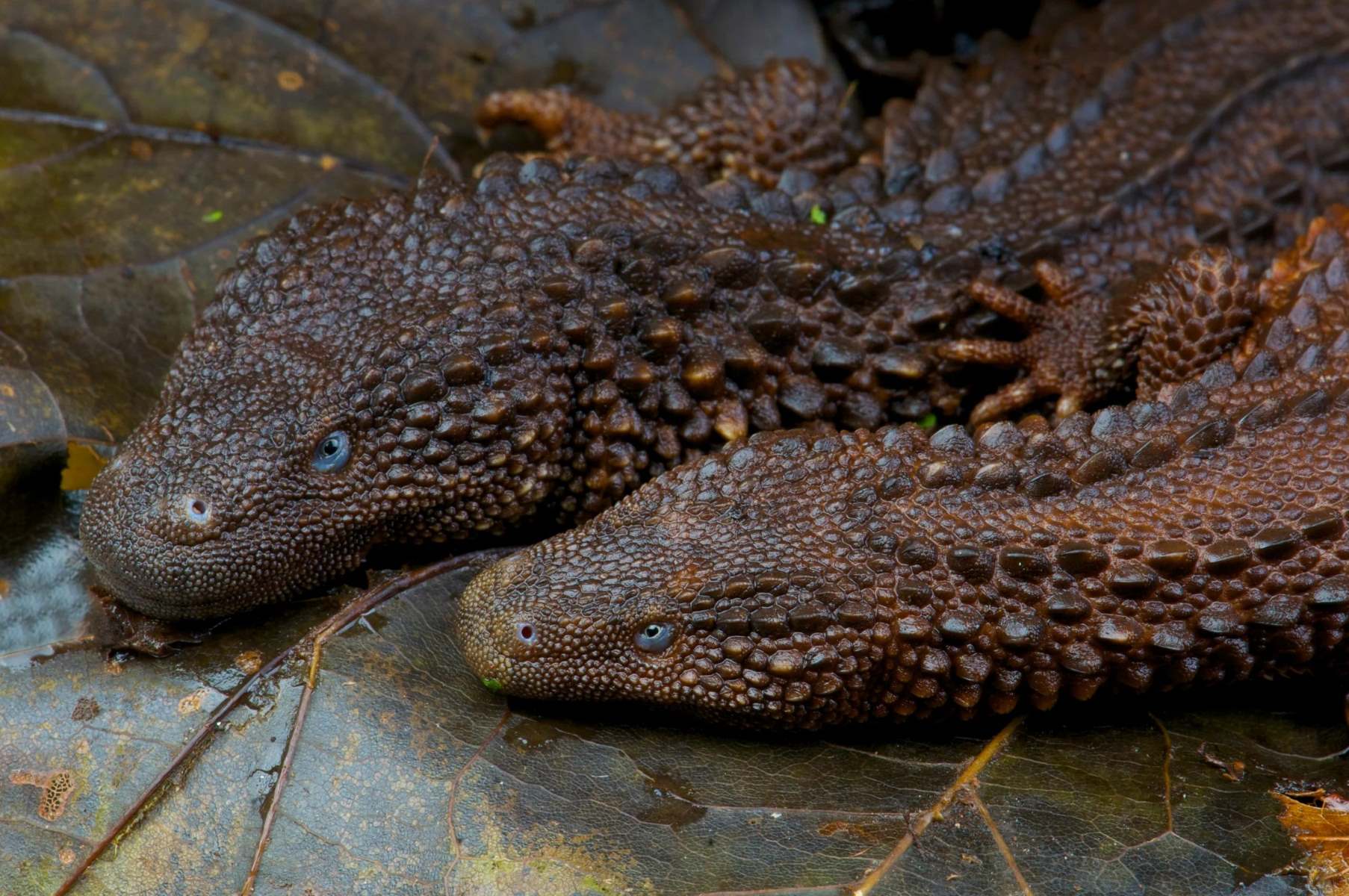Hidden Habitats Of Rare Lizards

Ever wondered where rare lizards hide? These elusive creatures often dwell in places you might not expect. From dense rainforests to arid deserts, each species has its unique habitat. Some prefer the cool, damp underbrush of tropical jungles, while others bask on sunlit rocks in dry, rocky terrains. Coastal areas with sandy dunes also provide a perfect home for certain types. These habitats offer the right mix of food, shelter, and climate that rare lizards need to thrive. Understanding these environments helps protect these fascinating reptiles and ensures their survival for future generations. Let's explore these hidden habitats together!
Hidden Habitats of Rare Lizards
Lizards are fascinating creatures, often found in some of the most unique and remote places on Earth. These hidden habitats are home to rare species that many people have never heard of. Let's take a closer look at some of these incredible locations.
1. Madagascar's Spiny Forest
Madagascar is known for its unique wildlife, and the Spiny Forest is no exception. This harsh, dry environment is home to some of the rarest lizards in the world.
- Satanic Leaf-Tailed Gecko: This lizard has an incredible camouflage ability, blending perfectly with the forest's leaves.
- Three-eyed Lizard: Named for its parietal eye, this lizard is a true marvel of evolution.
- Madagascar Day Gecko: Brightly colored and active during the day, this lizard is a favorite among researchers.
2. Galápagos Islands
The Galápagos Islands are famous for their unique species, many of which can't be found anywhere else. The lizards here are no exception.
- Marine Iguana: The only lizard that swims in the ocean, feeding on algae and seaweed.
- Galápagos Lava Lizard: Known for its ability to change color, this lizard thrives on the volcanic rocks.
- Pink Iguana: Discovered only recently, this lizard's pink hue makes it a standout.
3. Australia's Great Dividing Range
Australia's Great Dividing Range is a hotspot for biodiversity, including some rare and unusual lizards.
- Boyd's Forest Dragon: Found in the rainforests, this lizard is known for its striking appearance and unique behavior.
- Land Mullet: The largest skink in Australia, this lizard prefers the moist, shaded areas of the forest.
- Leaf-Tailed Gecko: With its leaf-like tail, this lizard is a master of disguise.
4. Sri Lanka's Knuckles Mountain Range
Sri Lanka's Knuckles Mountain Range is a hidden gem, home to many rare species of lizards.
- Knuckles Pygmy Lizard: This tiny lizard is found only in this specific mountain range.
- Sri Lankan Kangaroo Lizard: Known for its hopping movement, this lizard is a unique sight.
- Ceratophora Tennentii: With its horn-like projection, this lizard is truly one of a kind.
5. New Zealand's North Island
New Zealand's North Island offers a unique environment for some rare lizard species.
- Tuatara: Often called a living fossil, this lizard-like reptile has been around since the time of the dinosaurs.
- Duvaucel's Gecko: One of the largest geckos in New Zealand, known for its nocturnal habits.
- Chevron Skink: This elusive lizard is rarely seen, making it a true treasure for herpetologists.
6. Mexico's Sierra Madre Occidental
The Sierra Madre Occidental mountain range in Mexico is home to some rare and beautiful lizards.
- Mexican Beaded Lizard: One of the few venomous lizards in the world, known for its striking appearance.
- Banded Rock Lizard: Found in rocky areas, this lizard is known for its agility and speed.
- Yucatán Banded Gecko: With its distinctive bands, this gecko is a true marvel of nature.
7. India's Western Ghats
The Western Ghats in India are a biodiversity hotspot, home to many rare lizard species.
- Malabar Gliding Frog: Though not a lizard, this frog shares its habitat with many rare lizards.
- Fan-Throated Lizard: Known for its colorful throat fan, used in mating displays.
- Travancore Tortoise: Another non-lizard, but shares the same unique habitat.
8. Brazil's Atlantic Forest
Brazil's Atlantic Forest is a rich and diverse ecosystem, home to some rare lizard species.
- Golden Tegu: Known for its beautiful golden scales, this lizard is a true spectacle.
- Brazilian Rainbow Boa: Though a snake, it shares its habitat with many rare lizards.
- Blue-Tailed Monitor: This lizard's striking blue tail makes it a standout in the forest.
9. Papua New Guinea's Cloud Forests
Papua New Guinea's cloud forests are home to some of the most unique lizards in the world.
- Emerald Tree Monitor: Known for its bright green color, this lizard is a true gem.
- Papuan Ground Gecko: Found only in this region, this gecko is a rare sight.
- New Guinea Crocodile Skink: With its crocodile-like appearance, this lizard is a fascinating creature.
10. South Africa's Drakensberg Mountains
The Drakensberg Mountains in South Africa are home to some rare and unique lizards.
- Drakensberg Crag Lizard: Found only in this mountain range, this lizard is a true rarity.
- Giant Girdled Lizard: Known for its large size and armored appearance.
- Cape Dwarf Gecko: This tiny gecko is a true marvel of nature.
Discovering Rare Lizards
Exploring the hidden habitats of rare lizards reveals a world full of surprises. These unique creatures thrive in diverse environments, from dense rainforests to arid deserts. Observing their behaviors and adaptations helps us understand their role in the ecosystem. Protecting these habitats is crucial for their survival. Conservation efforts ensure that future generations can witness these fascinating reptiles. Whether you're a seasoned herpetologist or a curious traveler, seeking out these lizards offers a rewarding experience. Remember to respect their natural surroundings and contribute to preservation initiatives. By doing so, we help maintain the delicate balance of nature. So next time you venture into the wild, keep an eye out for these elusive lizards. Their presence is a testament to the rich biodiversity of our planet. Happy exploring!

